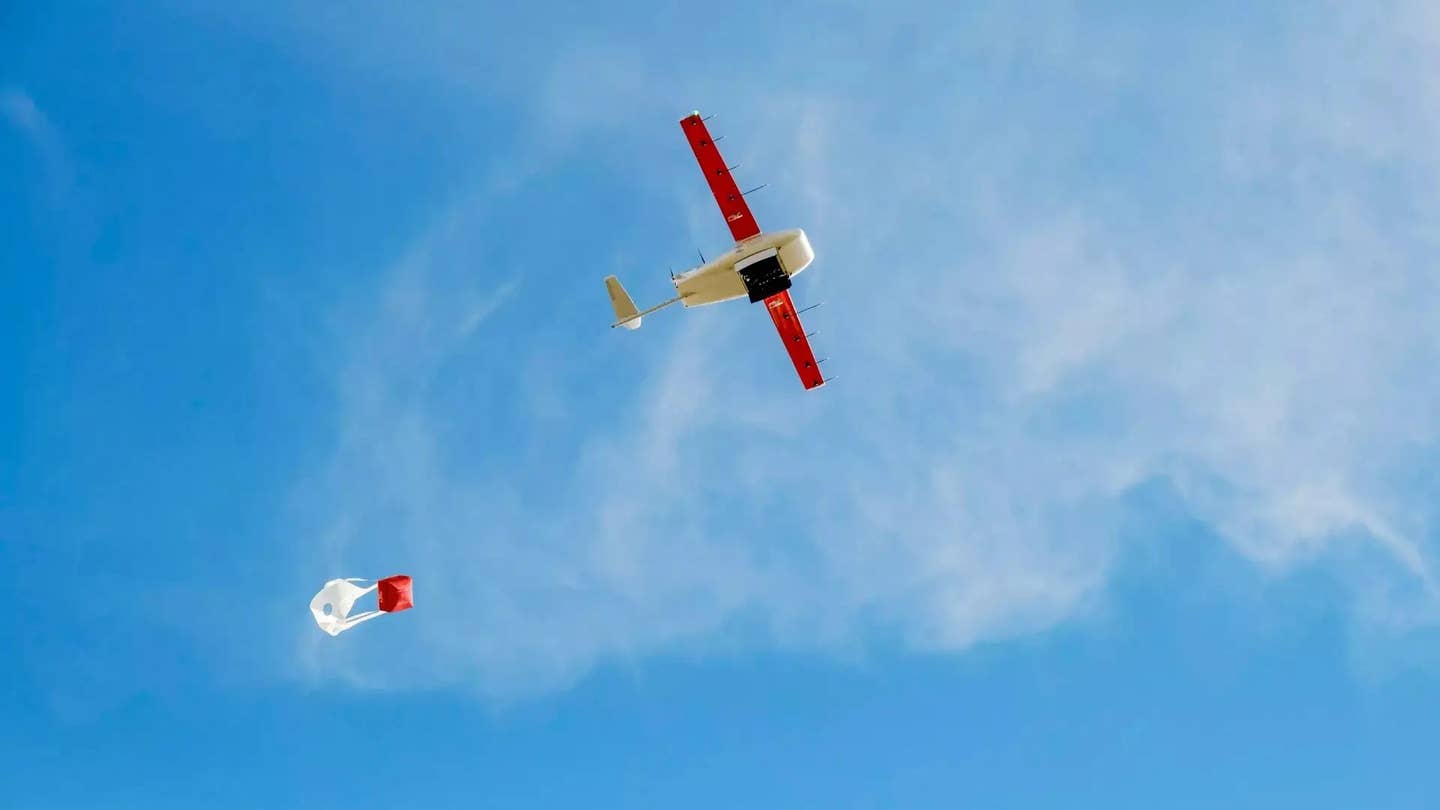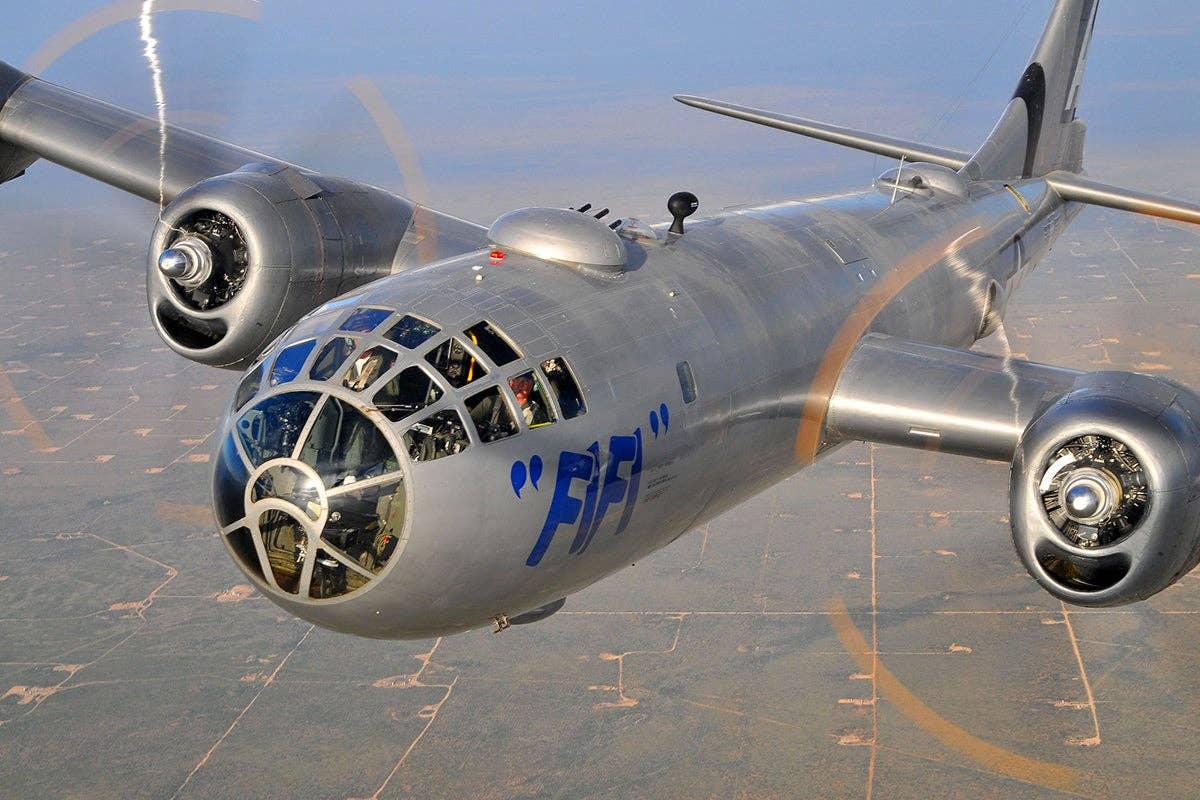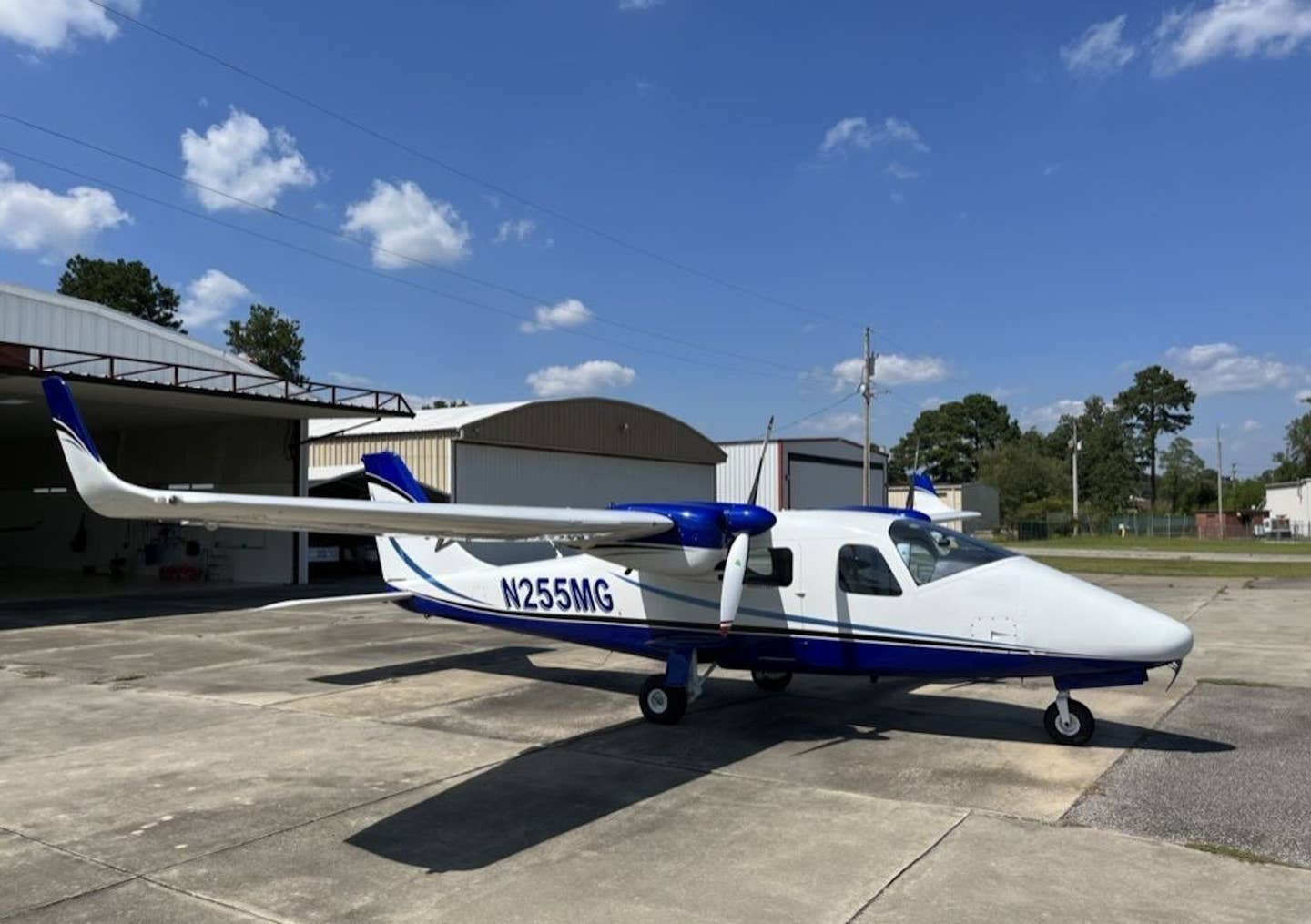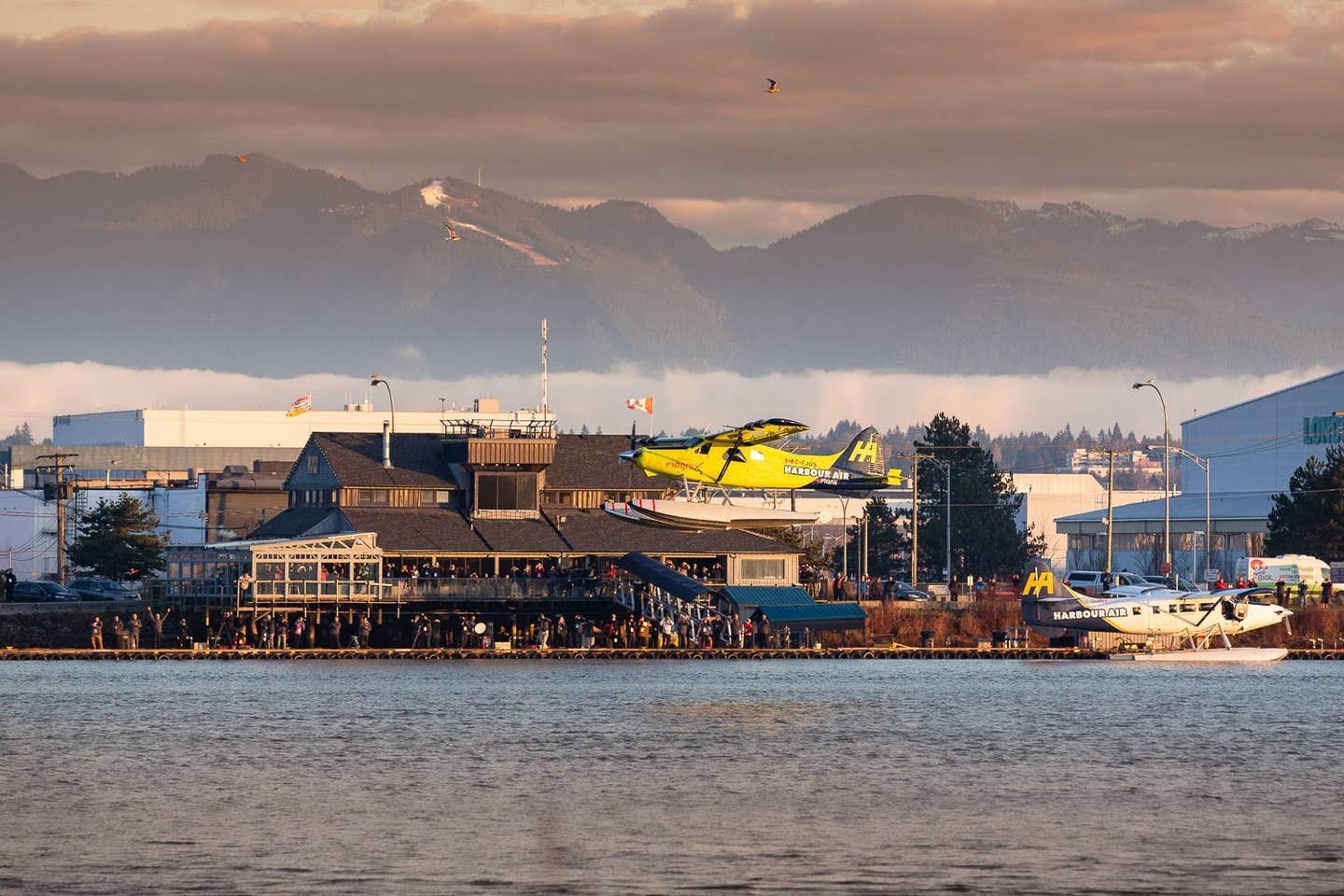The Last Start of the Liberty V-12
The Douglas World Cruiser replica ‘Seattle II’ sounds off for the last time before heading to its new museum home.
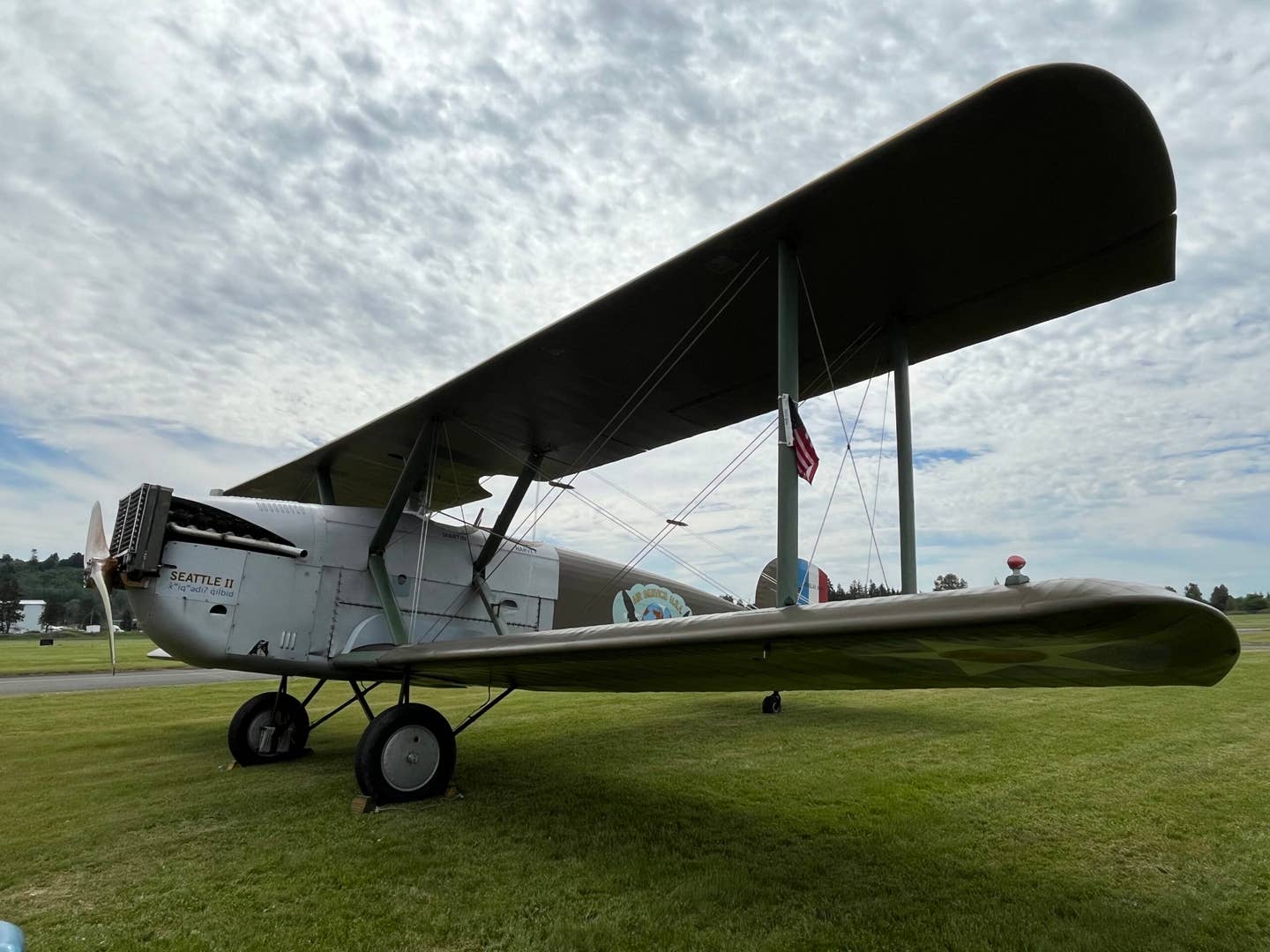
The ‘Seattle II’ is a reproduction of a Douglas World Cruiser. [Courtesy: Meg Godlewski]
When something has been part of your life for more than 20 years, it can be hard to say goodbye, especially when that something is an airplane you lovingly built from the ground up.
Pilot Robert "Bob" Dempster and his aviatrix wife, Diane, know this only too well as the couple—with the help of several dozen volunteers—built a reproduction of a Douglas World Cruiser (DWC), the Seattle II. On Saturday they fired up the Liberty V-12 engine for what is likely the last time before the behemoth biplane heads to the Museum of Flight in Seattle.
"I have donated it to them," Dempster said. "I am hoping that it will be displayed in the Great Gallery."
The aircraft has a wingspan of 50 feet, and the propeller measures 10 and a half feet long. The engine, built by the Packard automobile company in the 1920s, is a 400 hp Liberty V-12.
The Dempsters started building the aircraft in 2001 using drawings obtained from Douglas Aircraft. Their intent of flying it around the world in 2024 to celebrate the 100th anniversary of the DWC epic flight, however, is proving to be problematic. Geopolitics make that unfeasible because tracing the route from 100 years ago would have the aircraft flying over parts of Russia, China, and the Middle East.
Given the political climate of the world today in those areas, it would be difficult if not impossible, said Dempster, as he stood next the aircraft clad in knee-length boots and jodhpurs like aviators of the 1920s when this aircraft was in its heyday.
A Time of Setting Records
At that time, aviation was daring and adventurous. It was a period of record-setting flights, such as the crossing of the Atlantic by John Alcock and Arthur Brown. There were many attempts to fly around the world, but most were unsuccessful.
In 1921 the U.S. Army—realizing that aviation was more than curiosity and was here to stay—purchased five heavily modified DT-2 torpedo bombers from the Douglas Airplane Company in Santa Monica, California. The aircraft were selected because they could be put on floats or wheels, which was important since flying around the world meant they would need to be able to operate from both water and land.
The aircraft were modified to meet the mission, adding extra fuel capacity. The engine created in 1917 by Packard at the request of the U.S. military made the journey possible. At the time, the automobile industry, like aviation, was in its infancy, and the shared manufacturing techniques and parts produced boxy noses on the World Cruisers, just like cars of the day.
One aircraft was built as a prototype, while the other four were named for cities from the four corners of the U.S.—Seattle, Boston, Chicago, and New Orleans. Each airplane was christened with water from either a lake or river in its respective city because Prohibition was the law of the land and Champagne was outlawed. The aircraft were designed for a crew of two—a pilot and mechanic.
On April 6, 1924, after several weeks of preparation, the Seattle, Boston, Chicago, and New Orleans gathered at Sand Point Naval Air Station near Seattle. The air station was located on Lake Washington and had land runways as well. (The runways no longer exist, as the military base was deactivated in the 1970s, and much of the area redeveloped into Magnuson Park.)
The Army created the route that would take the aircraft north to Alaska (then a U.S. territory) then east around the world. The military had positioned support services along the route, but that didn't prevent mishaps. The Seattle crashed in Alaska, and the Boston crashed on the leg between England and Iceland. The crews survived.
The prototype was pressed into service, named the Boston II, and it joined the Chicago and New Orleans for the rest of the flight, which terminated in Seattle on September 28, 1924, after covering 26,345 miles.
Seattle World Cruiser II
While the original World Cruisers sprang from the Douglas Aircraft factory in Santa Monica, Dempster's aircraft literally came from all over and took a small army of volunteers to build. In the two decades the project had several locations in the Seattle area. When it was on floats, it was kept in an open hangar on the east side of Renton Municipal Airport (KRNT) south of Seattle.
“The giant airplane being built at Renton” became local pilot lore. In addition, in the banquet room of Randy’s—a coffee shop located adjacent to King County International Airport/Boeing Field (KBFI)—a floor-to-ceiling mural showed the original World Cruiser route, with photographs of Dempsters’ project underway.
Since they always planned to fly it around the world on the 100th anniversary of the first World Cruiser flight, that meant they had to make sure the aircraft met current airworthiness standards, which included adding a beacon and wingtip position lights.
The name Seattle II pays homage to the original Seattle lost decades ago. There is a line of script under the name painted on the nose in Lushootseed, a local Native American language. According to Dempster, one of the pilots who helped christen the Seattle II was Ken Workman, the great-grandson of Chief Seattle. The first people to live on the land in the Pacific Northwest were Native Americans. The Native American name of the aircraft is Thunder Canoe.
Although the Dempsters did not get to make their epic flight, they got some air time as the Seattle II has made a few trips around the country. In 2016 it flew to Boeing Field to help celebrate the 100th anniversary of the Boeing Company.
One Last Time
Its final flight came in 2020 when it was flown to Chehalis-Centralia Airport (KCLS) south of Olympia, Washington.
At the airport on Saturday in Seattle, people gathered to watch the engine start for the last time.
Dempster, a consummate showman, brought in a bagpipe player from a local band to open the event by playing Scotland the Brave. The aircraft has Scottish lineage, he noted, as Douglas was a Scotsman and the wires for the bracings are made at a factory in Scotland.
Dempster thanked the 100 or so people who gathered outside the airport fence to watch the event and then carefully climb up to the engine of the aircraft to oil the cylinders. Then, while donning a leather flying cap and goggles, he cajoled the engine to start.
It sputtered once and Dempster joked that the airplane was letting him know it didn't like sitting around all winter. A few turns of the propeller later, it sprang to life. The roar of the mighty V-12 engine filled the air along with the applause and cheers of those present.
Dempster allowed the engine to run for a few moments, the prop wash flattening the grass and blowing the leather helmet and goggles off his head. His long, white hair whipped in the breeze until he shut down the engine. A round of bittersweet applause filled the air.
The event closed with a bagpipe rendition of Amazing Grace. If it didn't bring a tear to your eye, you didn't have a pulse.
Bob Dempster thanked everyone who helped build the aircraft, most notably his wife, saying the massive undertaking would not have been possible without their support. In September, the Museum of Flight plans to commemorate the end of the World Cruiser flight.
More information on the Seattle World Cruiser project can be found here.
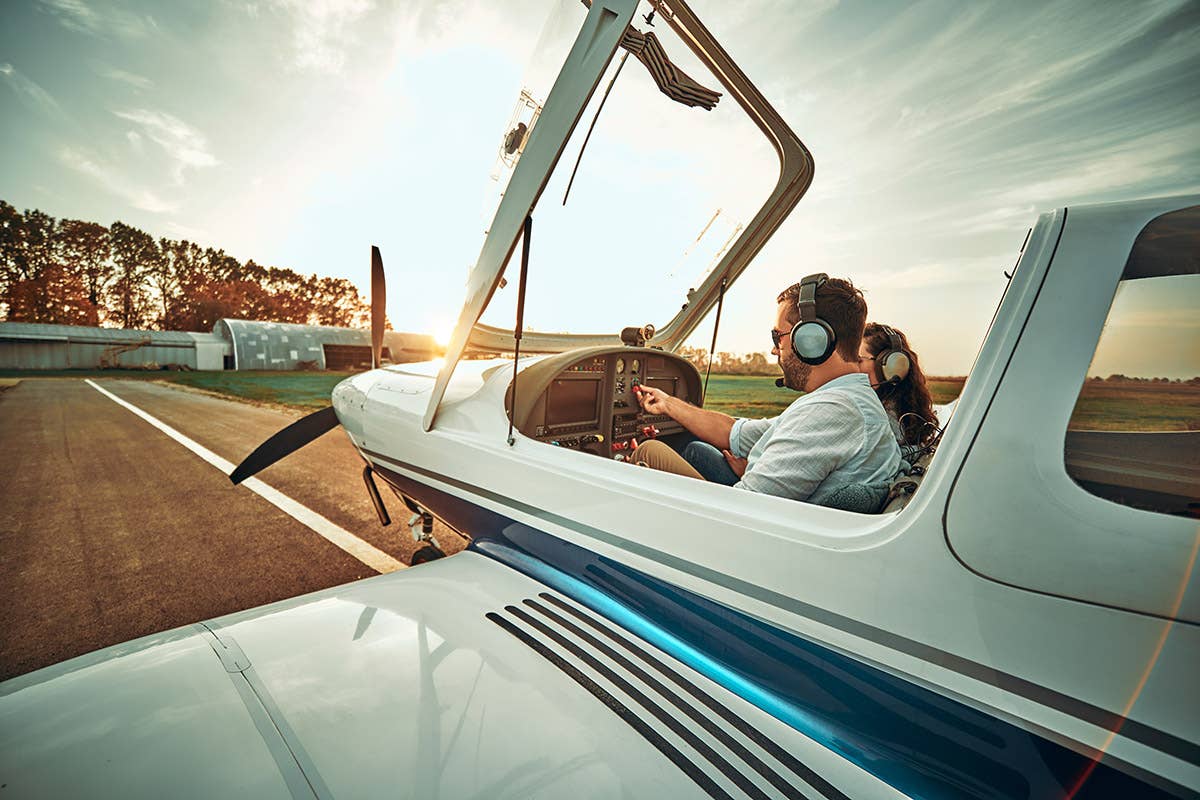
Subscribe to Our Newsletter
Get the latest FLYING stories delivered directly to your inbox

